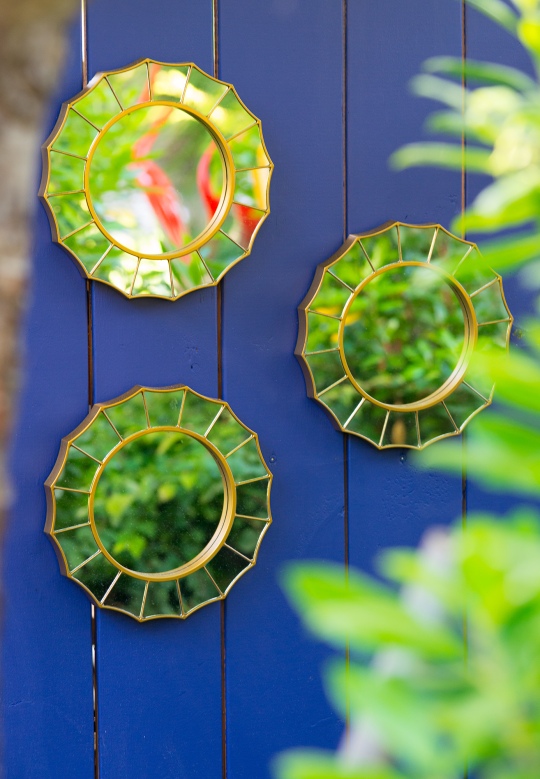Latest few weeks in Paradise – new video series
When filming Dominica’s most remote nature locations for last couple of years, little did I know that I will use this footage for my new Youtube nature series dedicated to all under lock-down, self-isolation, sick, overworked, and otherways affected by this virus pandemic. And yet, this seems to be the most perfect purpose for years of my work – to share it for free, spreading “good vibes” and sharing moments of relaxation we all badly need these days. After all – as we are under various movement restrictions – a virtual journey through the Nature Island is exactly what we may need!
While we both are safe in self-isolation high on hills of Dominica, it is easy to imagine the strain and desperation of all medical personel around the globe doing more than their best – often trying to make it up for their liders’ blunders. Therefore, this series is also for them – all medical staff working countless hours to bring help and relief to others, and also for all essential services’ workers.
I take my hat off to your efforts, and I hope that in a small, humble way I am able to bring you a moment of peace and relax.
This series started in a natural way as it also helped me put my mind at peace, and focus on things I love. I decided to create episodes about rich Dominica’s beauty, each highlighting a different aspect of it.
So, Dominica being an island and surrounded by blue waters just demanded to showcase its diverse coastal lines.
Next, I decided to show small things in nature. I don’t know about you, but I always prefer nature movies about tiny creatures rather than lions or tigers. So, this one is my take on small things and creatures.
I noticed that this episode has less favourable views with couple of “thumbs down” on Youtube. Whatever – I do it my way, from my footage, and with strong belief than nature would be incomplete without small, sometimes hard to notice things. I do hope you will like it, as I bring these small elements closer to your eye.
My third episode is more “epic” in style. Grand waterfalls, tall old trees, high cliffs – all things VERTICAL. These are what Dominica is famous for, after all…
As I write this, next episode is just being finished. Give me two or three days, and enjoy Dominica in Bloom. It is not just about wild flowers, but also tropical flowers one can grow here – in a pefrect climate and on reach volcanic soil. It is not epic, I know. So, don’t be disappointed if you are after drama, wide drone shots and cinematic music. Flowers can give you a joy too. At least – they bring joy to me and margaret, who – as many of you know – is an experienced and keen gardener. And worry not – next episode after this one will be again more “epic”!
So, if you want to see next episode, and a next after this one (coming soon!) – I suggest you may want to subscribe to my Youtube channel, and get notified when my next flics are ready for viewing. And, while at my chennel, you can also see several new videos I created to share hiking epxerience in Dominica. These videos include such amazing places as Victoria Falls, Middleham Falls, and many more – also the famous Boiling Lake.
We do hope you will enjoy these videos, and thank you for watching. Subscribe not to miss any further episodes and clips. And feel free to SHARE this post and Youtube channel https://www.youtube.com/channel/UCbd8t2aqFAF2af0uqSl1BOA
– lets share moments of peace among our friends and strangers!
Happy Easter, stay safe and well!
Until next time!
Derek and Margaret
www.DerekGalon.com
@derekgalon
#volcano #caribbean #dominica #discoverdominica #rediscoverdominica #adventure #hiking #holidays #lakes #boiling lake #active volcano #drone #mavic 2 #derekgalon.com #exploration #west indies #landmarks #documentary #4K #covid-19 #relax #healing vibes #relaxation #peace of mind #nature


 We were fortunate this year to attend the Giraudel Flower Show in Dominica, where we live now. This special event was held in the village of Giraudel situated on the slopes of Morne Anglais, one of the tallest mountains in the south. The village of Giraudel is known as the “flower basket” of Dominica.
We were fortunate this year to attend the Giraudel Flower Show in Dominica, where we live now. This special event was held in the village of Giraudel situated on the slopes of Morne Anglais, one of the tallest mountains in the south. The village of Giraudel is known as the “flower basket” of Dominica. 




















































